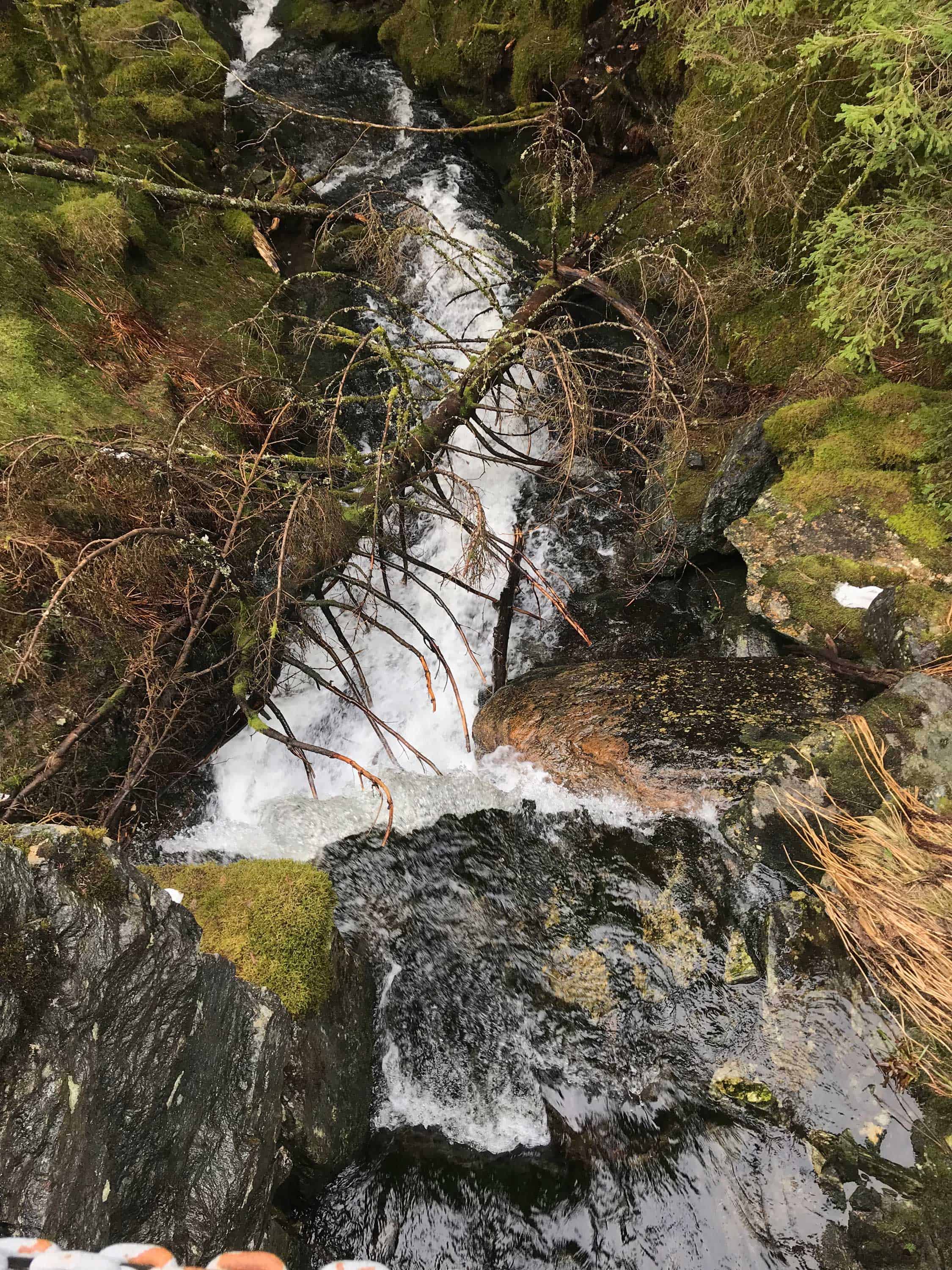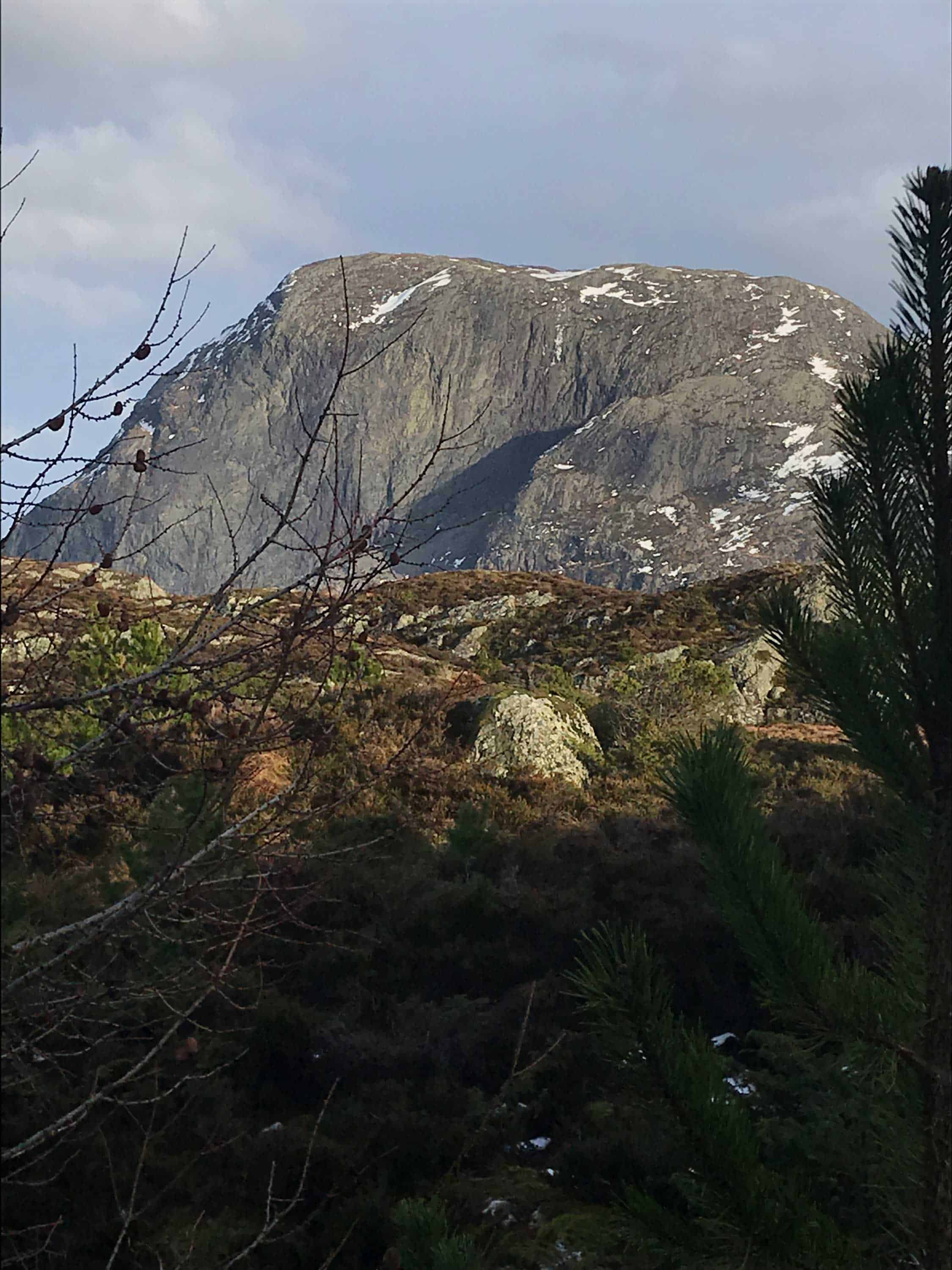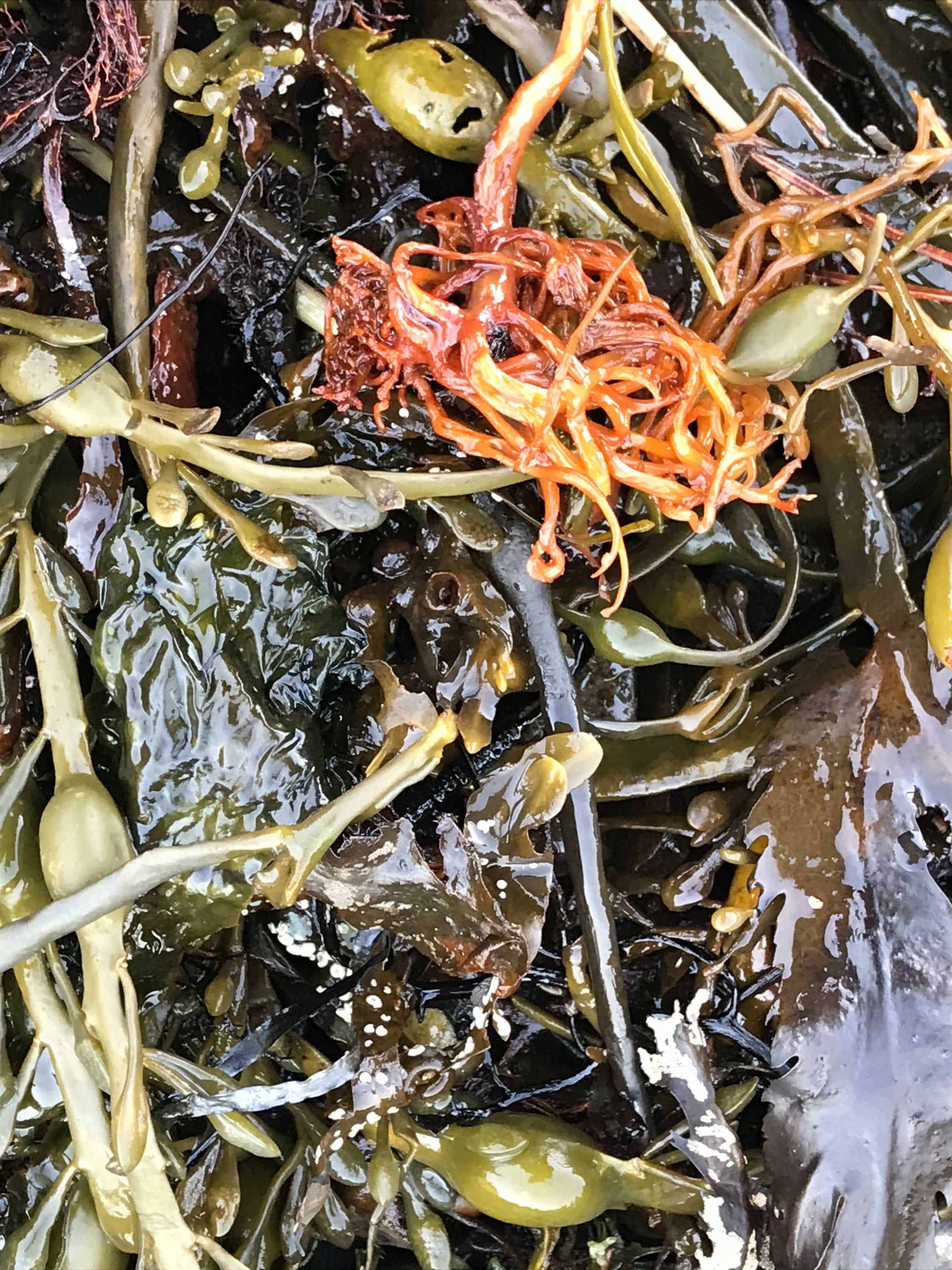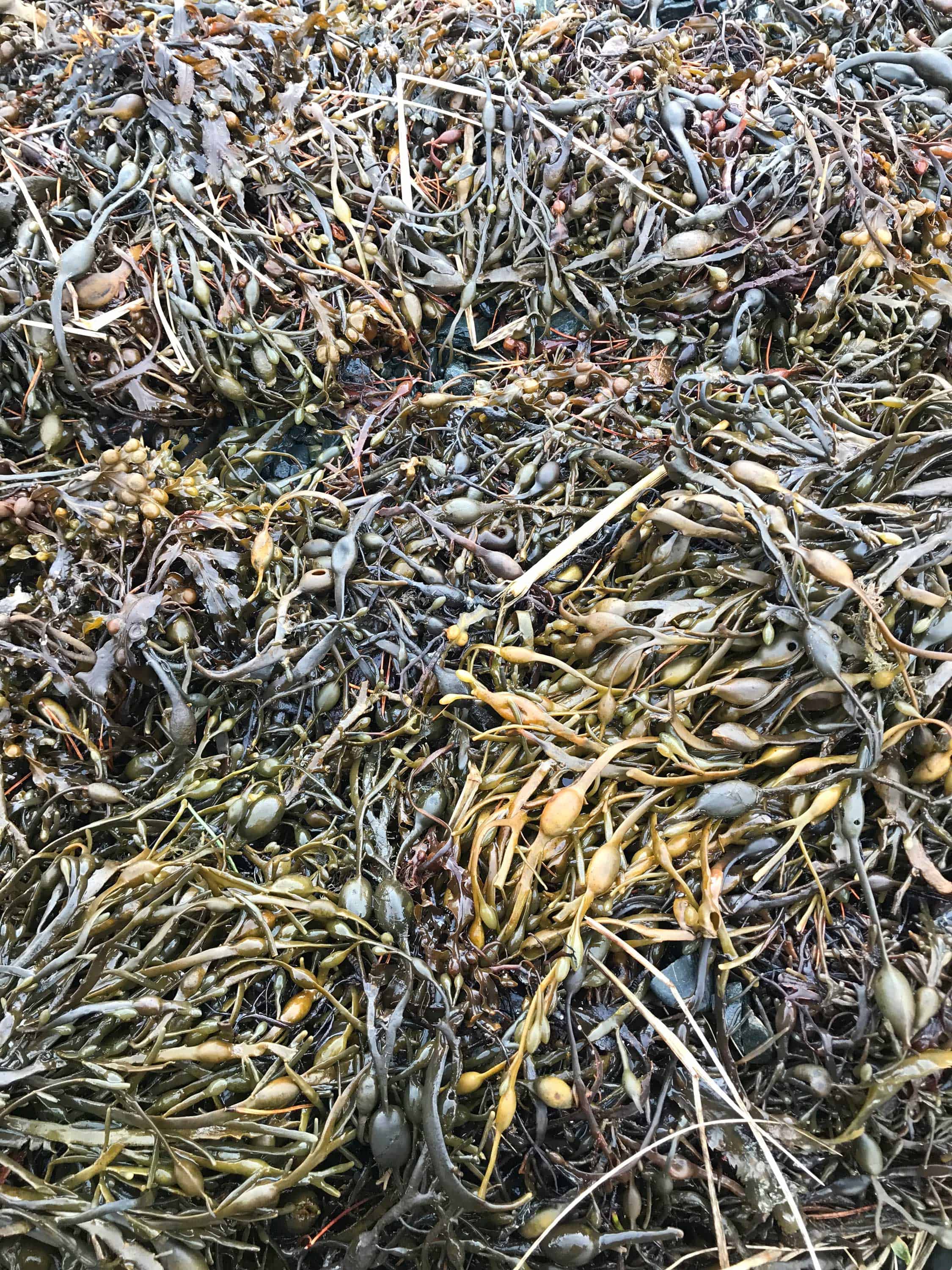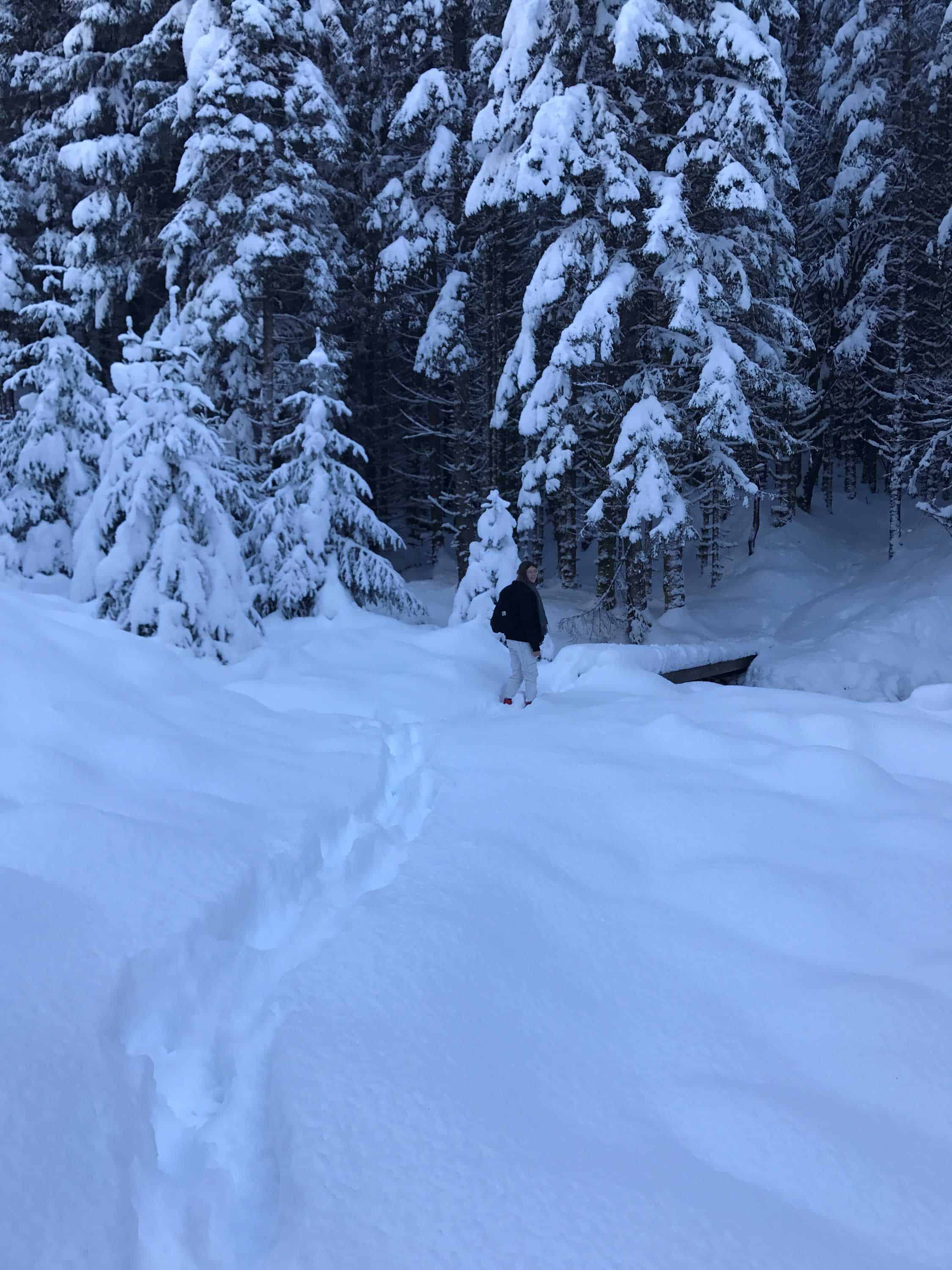ART RESIDENCIES: In this series of interviews we ask artists and creative professionals what art residencies mean to them and what benefits they bring to both sides. There is a wide range of art residencies available and it is crucial to make artists aware of such possibilities, recommend the most interesting ones, and allow art practitioners to share their experiences. Alongside the interviews, we also publish articles with selected open calls from around the world, and run a Facebook Group “Open calls/Residencies/Opportunities for artists” where the arts community can share more opportunities and experiences.
We talked with Dorota Gawęda. She was taking part in the residential programme at the Nordisk Kunstnarsenter Dale (NKD) in 2017; she were in Bergen exhibiting with Knipsu project space. During her residency, Gawęda spent two months within a routine and without any trips abroad, exhibitions or performances in between, that helped her concentrate on the work she was making and to gain a bit of distance and perspective on our practice.
How did you find out about the residency programme? How did you apply?
We found out about Nordisk Kunstnarsenter Dale (NKD) in 2017; we were then in Bergen exhibiting with Knipsu project space. We did not get accepted the first year we applied. We tried again the following year and were selected as part of the CURATORN* algorithm, which was developed by Cameron MacLeod who co-runs Platform in Stockholm and Aldea in Bergen together with Magnhild Øen Nordahl, and who collaborated with NKD on this specific open call.
What does your regular art residency day look like?
In Dale we often went mountain hiking. We shot a lot of film material on those walks that we will use in future works. We also used the studio and the wood workshop, exploring possibilities of different materials. We read fiction and watched a lot of horror and suspense films as part of our research. Moreover, we started conceptualising a new strand of work.
In your experience, what distinguishes working as part of residencies from working in your atelier?
The first big difference is that we had a studio. This is not something we are used to on a daily basis. We also spent two full months within a routine and without any trips abroad, exhibitions or performances in between, that helped us concentrate on the work we were making and to gain a bit of distance and perspective on our practice. It also helped generate new ideas.
Does the change of context help you in the creation process?
Yes, definitely.
Do you place an emphasis on your work or rather on meeting people and exploring the city?
Both are equally important. In Dale specifically we focused on work, but this is because of the residency’s remote location and the amazing facilities it had to offer. Since the residency period was concluded with an exhibition at Aldea Gallery in Bergen, we were also working towards this specific presentation.
What challenges and opportunities did the residency involve?
For some people the remoteness of the residency could be difficult to deal with. For us, the proximity of nature and seclusion was needed and really appreciated.
Name three objects which were the most important to you during the residency.
Lichen and moss
Books
360 camera
What is the role of institution in your residency? What does it provide you with?
NKD provided us with a monthly stipend and production support in terms of materials and equipment. Since NKD is a small institution, run by only four staff members: Arild H Eriksen, Lillian Samdal, Vilde Jensen Hjetland and Svein Ove, our interactions were very personal and warm. We had a lot of help and suggestions from their side during production and our stay in general.
What would you recommend to artists going abroad for an art residency?
Respect the mountain!
*CURATORN aggregates participant selections, which is a statistical process. It does not include post-selection organization and promotion. It is not designed for solo shows and it is not for group shows that have a specific theme defined before selection. The project aspires to create a new type of show by changing the exhibition’s method of production, which also changes the context for the exhibition.
Edited by Lisa Barham





